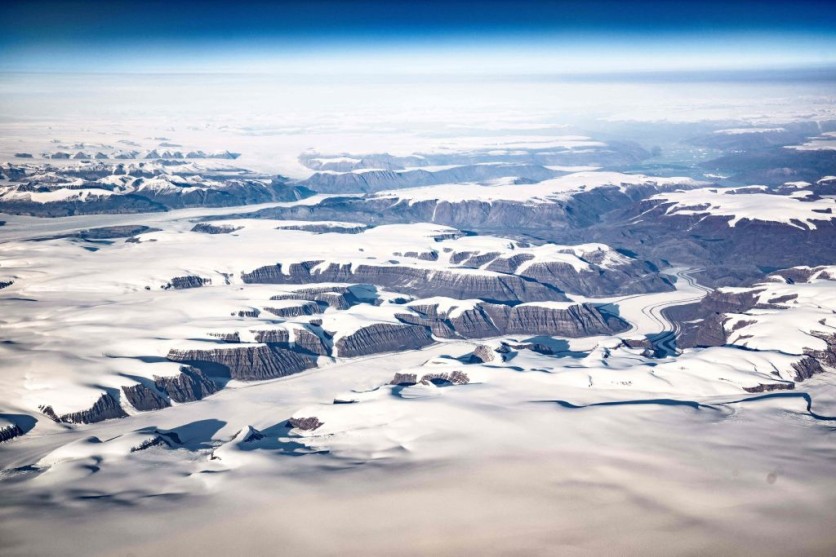A recent study revealed significant changes in Greenland's icy landscape, raising concerns among climate experts worldwide.
Over the last three decades, Greenland's once-frozen expanse has undergone a dramatic transformation, with vast areas of its ice sheet melting away and giving rise to a surprising and dangerous proliferation of vegetation (via The Guardian).

Greenland's Rapidly Melting Ice Sheets
The study, published in the journal Scientific Reports, paints a picture of a rapidly warming Greenland, where the effects of climate change are observable and causes for concern.
According to the study, an estimated 11,000 square miles of Greenland's ice sheet and glaciers have melted in the 1980s. This melting, amounting to 1.6% of Greenland's total ice cover, has paved the way for an unusual greening of the landscape.
Researchers have observed a doubling in the total coverage of vegetation and a quadrupling in the area occupied by wetlands across Greenland. These changes, driven primarily by rising air temperatures, signify a significant shift in the region's ecology.
Warmer temperatures, occurring at double the global average rate since the 1970s, have led to more frequent days when temperatures exceed freezing, particularly those surpassing 6°C. These warmer conditions have spurred the growth of vegetation and the expansion of wetlands across Greenland's once-frozen terrain.
The Danger of Greenland's Expanding Vegetation
However, this vegetation boom comes with a host of concerns. Climate experts worry that the increased vegetation exacerbates Greenland's ice loss, creating a troubling feedback loop.
As the ice retreats, exposing bare rock that is quickly colonized by tundra and shrubs, it further accelerates the melting process. Moreover, the expansion of vegetation is altering the flow of sediments and nutrients into coastal waters, impacting delicate ecosystems and traditional subsistence hunting practices of Indigenous populations.
Dr. Michael Grimes, the study's lead author, underscores the gravity of these changes, stating, "The expansion of vegetation, occurring in tandem with the retreat of glaciers and the ice sheet, is significantly altering the flow of sediments and nutrients into coastal waters.
These changes are critical, particularly for the Indigenous populations whose traditional subsistence hunting practices rely on the stability of these delicate ecosystems."
Impact on Global Sea Levels
Beyond its immediate environmental impact, Greenland's ice loss poses a significant threat to global sea levels. The melted ice contributes substantially to rising sea levels-a trend that presents formidable challenges both now and in the future.
Researchers have developed models to predict areas likely to experience accelerated change in the future to better understand and monitor these changes. These efforts underscore the urgency of addressing climate change and its far-reaching consequences for Greenland and the broader Arctic region.
Greenland's melting ice sheet is transforming its landscape and raising profound concerns among climate experts. As the region continues to undergo rapid change, understanding and mitigating the impacts of climate change in Greenland and the Arctic are more critical than ever.
Stay posted here at Tech Times.
Related Article : Antarctic Ice Sheet Shrank Rapidly 8,000 Years Ago, New Research Reveals

ⓒ 2026 TECHTIMES.com All rights reserved. Do not reproduce without permission.




